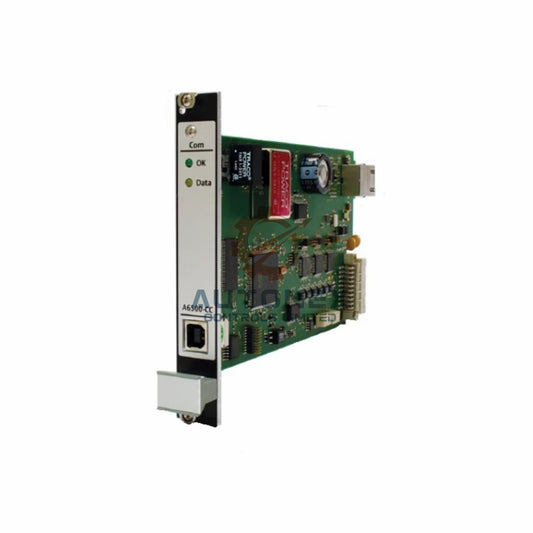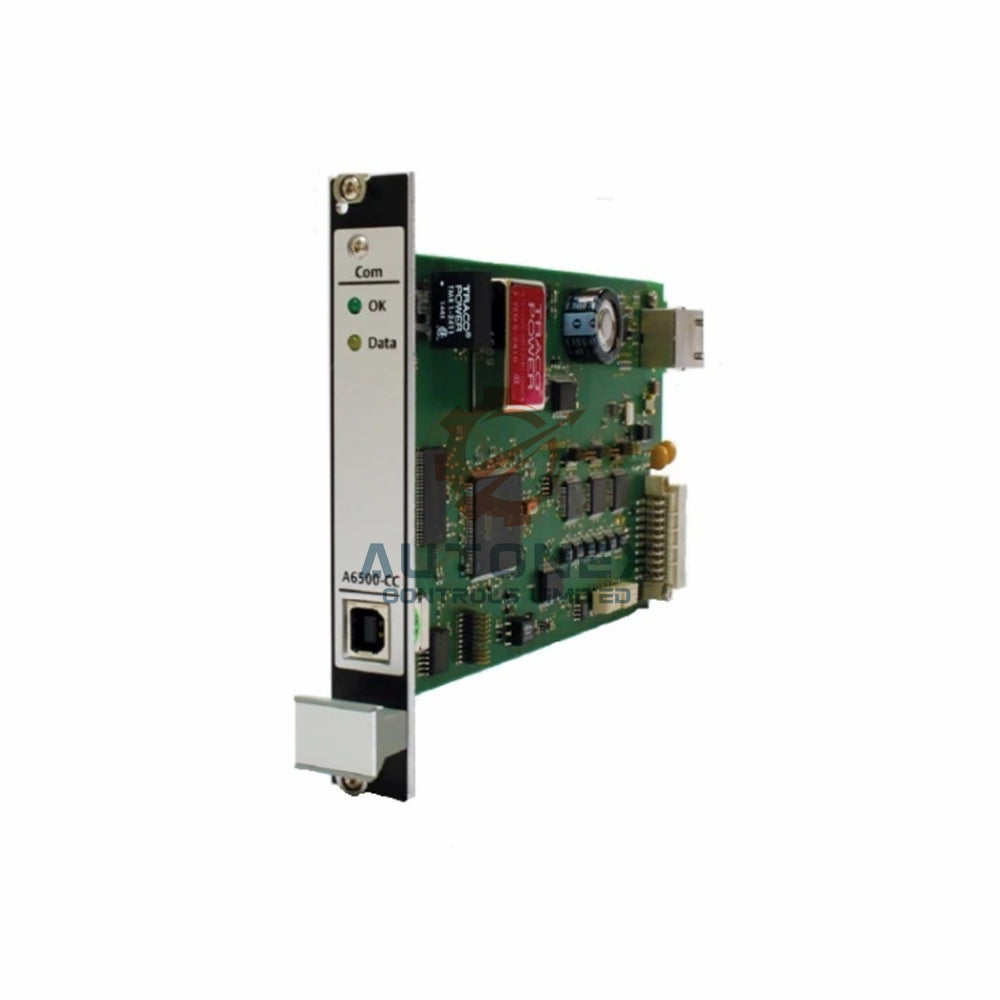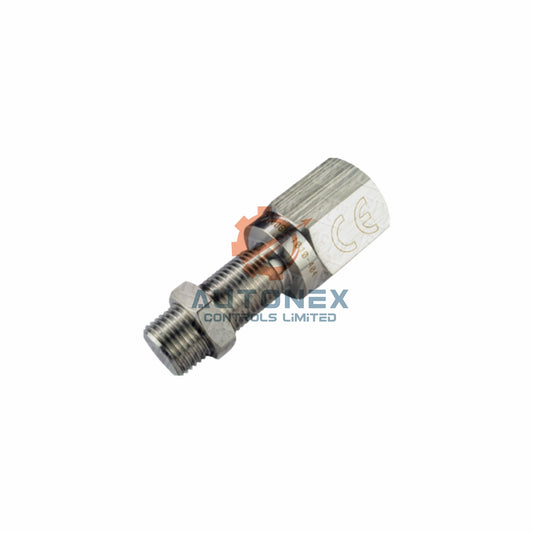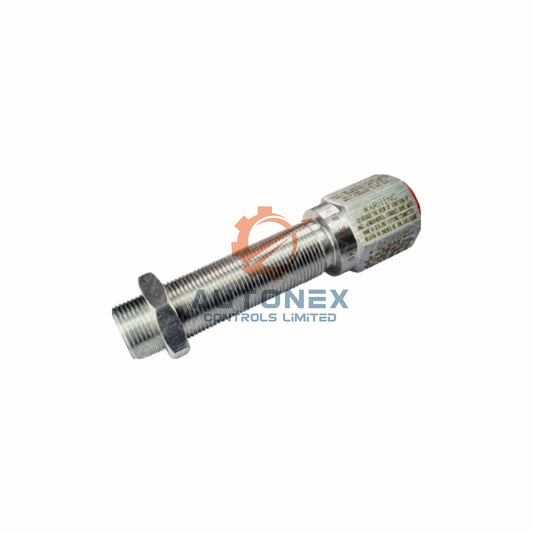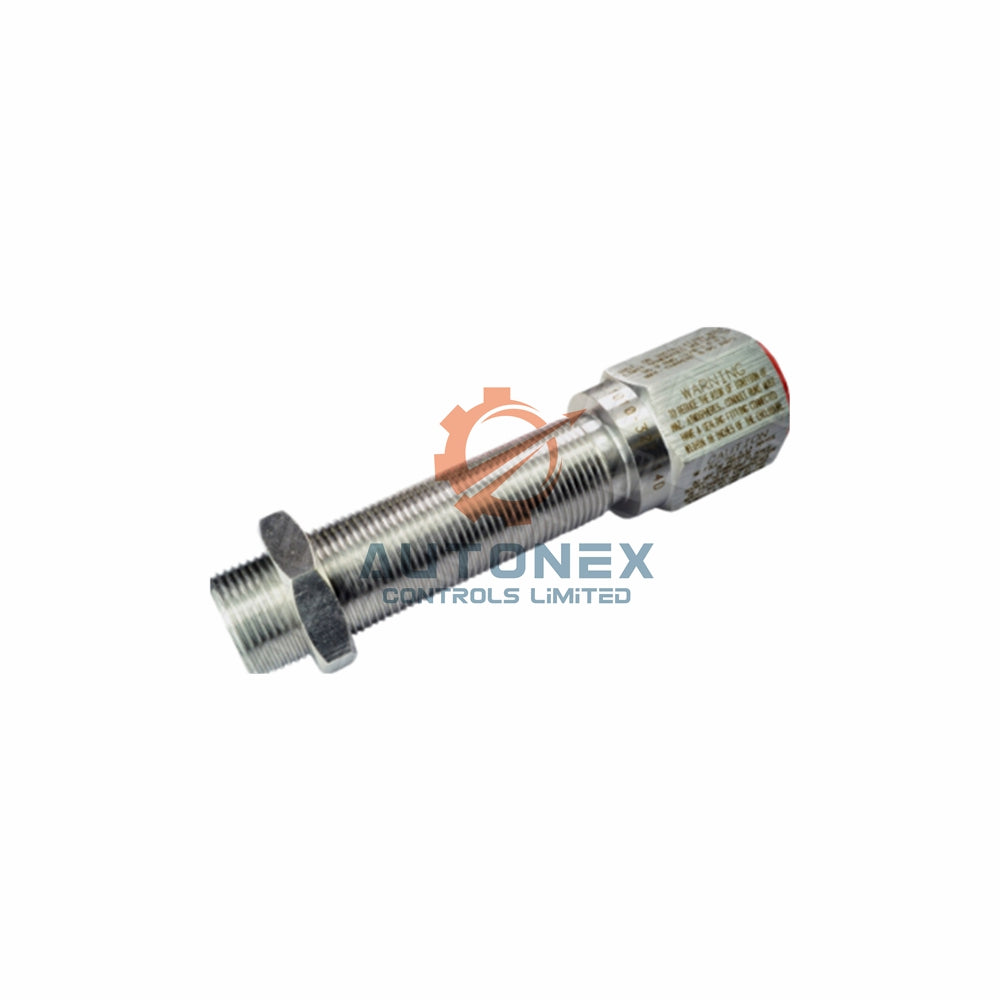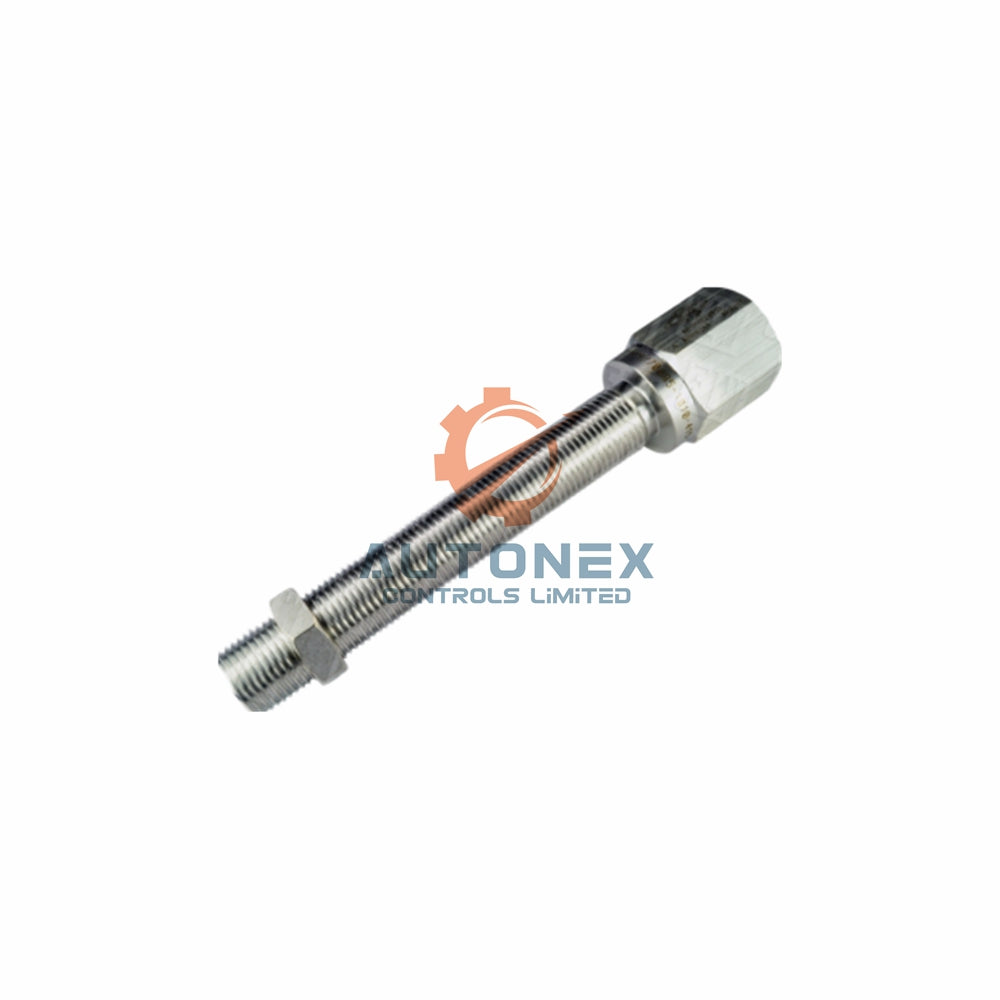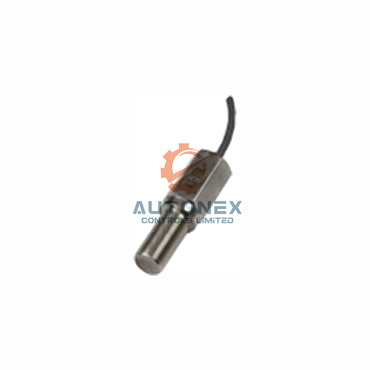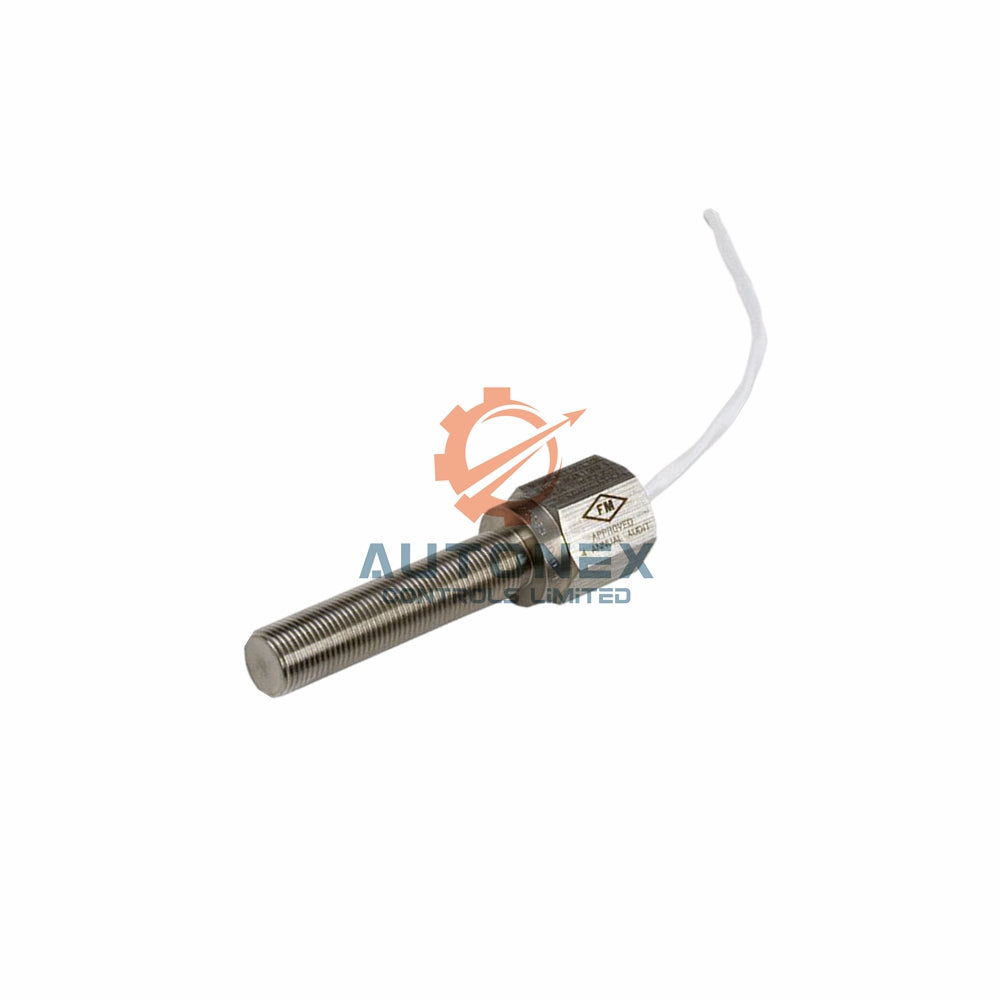The Enduring Legacy of Mitsubishi MR-J2S Servo Drives: Why They Remain Industry Favorites
Introduction: A Motion Control Revolution
Mitsubishi Electric launched the MELSERVO MR-J2S series during the late 1990s. This innovative servo drive platform quickly established new industry standards. It combined exceptional reliability with precise motion control capabilities. Manufacturers across multiple sectors adopted these drives extensively. Today, these units continue operating reliably in countless global facilities. Their sustained performance demonstrates remarkable engineering quality and design foresight.
Key Features That Established Market Leadership
Several technological advancements distinguished the MR-J2S series. The platform offered power ratings from 100W to 7kW. This flexibility supported diverse applications from small mechanisms to heavy machinery. High-resolution encoders provided exceptional positioning accuracy. Advanced vibration suppression technology ensured smooth operation. The innovative auto-tuning functionality simplified commissioning processes. Furthermore, SSCNET fiber-optic networking enabled precise multi-axis synchronization.
Technical Superiority and Performance Advantages
The MR-J2S series delivered exceptional motion control capabilities. Its 550Hz response frequency handled dynamic load changes effectively. The 131,072 pulse/rev encoder resolution supported precision manufacturing applications. Built-in absolute encoders maintained position data during power loss. Adaptive vibration suppression technology minimized mechanical resonance. These technical advantages made the series suitable for demanding industrial environments.

Sustained Market Relevance in Modern Automation
Multiple factors explain the continued MR-J2S dominance. Proven reliability demonstrates their exceptional build quality. Many units have operated continuously for over two decades. The massive global install base supports ongoing maintenance requirements. Additionally, component-level repairability extends operational lifespan. Legacy system compatibility avoids costly infrastructure changes. Cost-effectiveness remains a significant consideration for plant managers.
Industrial Applications Showcasing Strengths
CNC machining applications benefit from the high encoder resolution. Robotics implementations utilize the advanced auto-tuning capabilities. Packaging machinery leverages the SSCNET synchronization features. Semiconductor manufacturing requires the vibration-sensitive precision. Material handling systems appreciate the robust construction. These diverse applications highlight the platform's remarkable versatility.
Maintenance Considerations and Common Issues
Even superior equipment requires proper maintenance. Cooling fans typically need replacement after extended operation. Electrolytic capacitors degrade over 10-15 years of service. IGBT modules may fail under excessive loading conditions. Encoder feedback issues often relate to cable integrity. However, these components remain serviceable with proper expertise. Therefore, maintenance programs significantly extend equipment lifespan.
Migration Pathways and System Evolution
Mitsubishi maintains thoughtful upgrade pathways for customers. The MR-J3 series increased encoder resolution capabilities. The MR-J4 platform added predictive maintenance features. Importantly, backward compatibility preserves infrastructure investments. Cabling systems and motor interfaces often remain usable. This strategic approach supports gradual, budget-friendly modernization.
Comparative Analysis With Competing Platforms
The MR-J2S maintained distinct advantages over contemporary alternatives. Yaskawa Sigma II offered reliability but limited connectivity. FANUC systems provided CNC integration with proprietary limitations. Allen-Bradley Ultra 3000 lacked advanced vibration control. The MR-J2S balanced precision, flexibility, and cost-effectiveness optimally. This balanced approach created lasting customer preference.
Engineering Perspectives on Continued Utilization
Control engineers appreciate the proven field reliability history. Replacement components remain readily available through specialized distributors. Repairability supports sustainable operations and cost management. System redesigns require significant capital investment and validation. Therefore, maintaining existing MR-J2S systems often makes economic sense. The upgrade path to newer series remains available when needed.
Real-World Application Scenario: Packaging Line Modernization
A food packaging facility maintained multiple MR-J2S drives operating for 18 years. The drives showed minor performance degradation but remained functional. Rather than complete replacement, the company implemented strategic maintenance. They replaced aging cooling fans and preventative maintenance capacitors. One drive received IGBT module replacement following a power surge. This approach extended system life five additional years at minimal cost.

Future Outlook and Strategic Recommendations
The MR-J2S series exemplifies exceptional industrial design longevity. However, technological evolution continues advancing motion control capabilities. From my professional perspective, strategic planning proves essential. Maintain critical spares for immediate replacement needs. Monitor drive performance metrics for degradation signs. Develop migration budgets for eventual modernization. Consider hybrid approaches mixing legacy and new technologies.
Frequently Asked Questions
What makes MR-J2S drives different from newer Mitsubishi series?
The MR-J2S established fundamental reliability standards, while newer series offer enhanced connectivity, energy efficiency, and predictive capabilities.
How long do MR-J2S servo drives typically operate before failure?
Properly maintained units often exceed 20 years of operational service, though cooling fans and capacitors typically require replacement after 10-15 years.
Can MR-J2S drives communicate with modern industrial networks?
While designed for SSCNET, interface solutions enable connectivity with contemporary networks, though with potential performance limitations.
What are the most common maintenance requirements for aging MR-J2S drives?
Cooling fan replacement, capacitor refreshing, and encoder cable integrity checks represent the most frequent maintenance activities.
When should companies consider migrating from MR-J2S to newer platforms?
Migration becomes advisable when facing repeated failures, requiring modern features, or when maintenance costs exceed replacement economics.
Check below popular items for more information in Autonexcontrol


